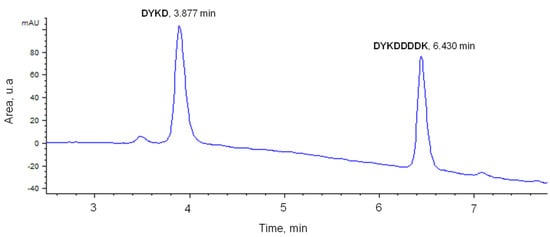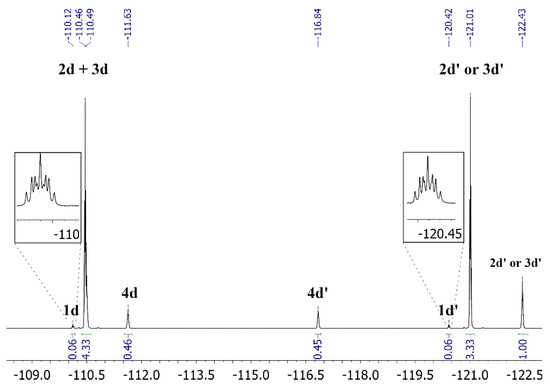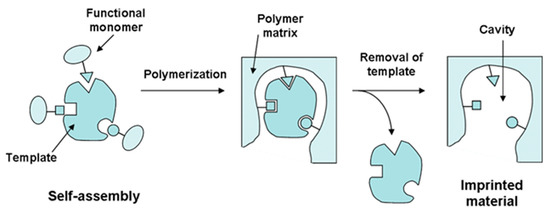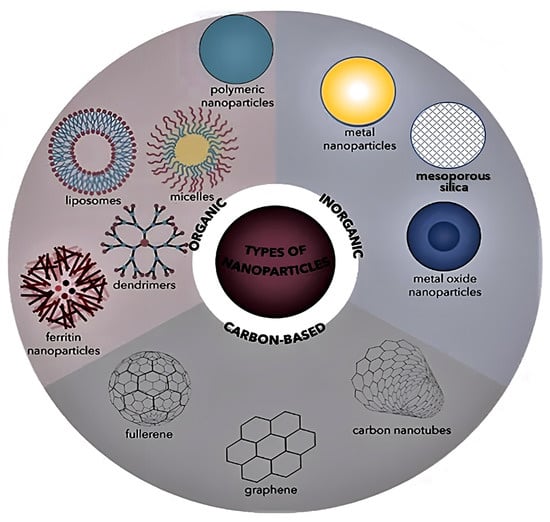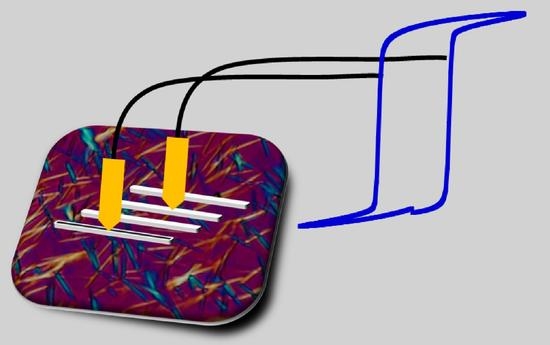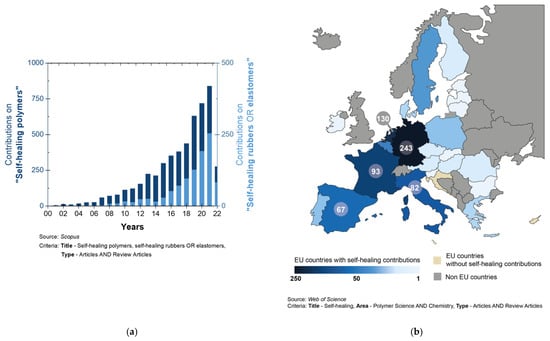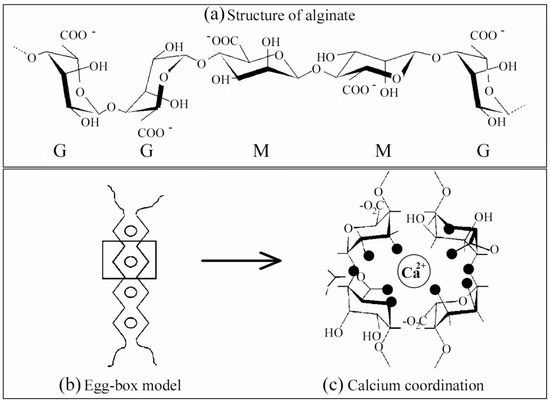State-of-the-Art Macromolecules in Spain (Closed)
A topical collection in International Journal of Molecular Sciences (ISSN 1422-0067). This collection belongs to the section "Macromolecules".
Viewed by 27168Editors
Interests: nanomaterials; polymers; nanocomposites; inorganic nanoparticles; antibacterial agents; surfactants; interphases
Special Issues, Collections and Topics in MDPI journals
Interests: polymers; nanomaterials; nanocomposites; biomaterials; antimicrobial materials; regenerative medicine; tissue engineering; biomedical engineering
Special Issues, Collections and Topics in MDPI journals
Topical Collection Information
Dear Colleagues,
The area of macromolecular science embodies a continuing and multidisciplinary research field in Spain comprising physicists, chemists and engineers, whose objective is the scientific and technological advancement of macromolecular materials through research and development. Over the last few years, macromolecules have substituted other materials in established applications and have played a major role in the development of the technologies needed to address some 21st century challenges in the areas of energy, health care and sustainability. Many well-known research teams in Spain from different institutions and universities are working on the design, synthesis, assembly and processing of macromolecules that will enable them to address these challenges. They are developing novel polymerization platforms involving directed self-assembly, externally applied stimuli, structure–function correlation and applied engineering principles that generate functional soft materials addressing needs at the interface of chemistry, biology, and materials science. These innovative materials are highly suitable for technologies in regenerative medicine, biological interfacing, catalytic, electronic and optical applications and so forth.
This Topical Collection is devoted to offering an overview of the research on the macromolecular field in Spain. It seeks to compile original articles, review articles and state-of-the-art research papers.
Prof. Dr. Ana María Díez-Pascual
Dr. Ángel Serrano-Aroca
Collection Editors
Manuscript Submission Information
Manuscripts should be submitted online at www.mdpi.com by registering and logging in to this website. Once you are registered, click here to go to the submission form. Manuscripts can be submitted until the deadline. All submissions that pass pre-check are peer-reviewed. Accepted papers will be published continuously in the journal (as soon as accepted) and will be listed together on the collection website. Research articles, review articles as well as short communications are invited. For planned papers, a title and short abstract (about 100 words) can be sent to the Editorial Office for announcement on this website.
Submitted manuscripts should not have been published previously, nor be under consideration for publication elsewhere (except conference proceedings papers). All manuscripts are thoroughly refereed through a single-blind peer-review process. A guide for authors and other relevant information for submission of manuscripts is available on the Instructions for Authors page. International Journal of Molecular Sciences is an international peer-reviewed open access semimonthly journal published by MDPI.
Please visit the Instructions for Authors page before submitting a manuscript. There is an Article Processing Charge (APC) for publication in this open access journal. For details about the APC please see here. Submitted papers should be well formatted and use good English. Authors may use MDPI's English editing service prior to publication or during author revisions.
Keywords
- macromolecular materials
- macromolecular engineering
- polymeric materials
- blends
- additives
- surfaces
- composites
- processing
- electrospinning







